Seven things to look for in a bike for commuting
A few choice components can really make the difference when cycling to work—we rounded up a few of the most useful features to look for in a bike for commuting
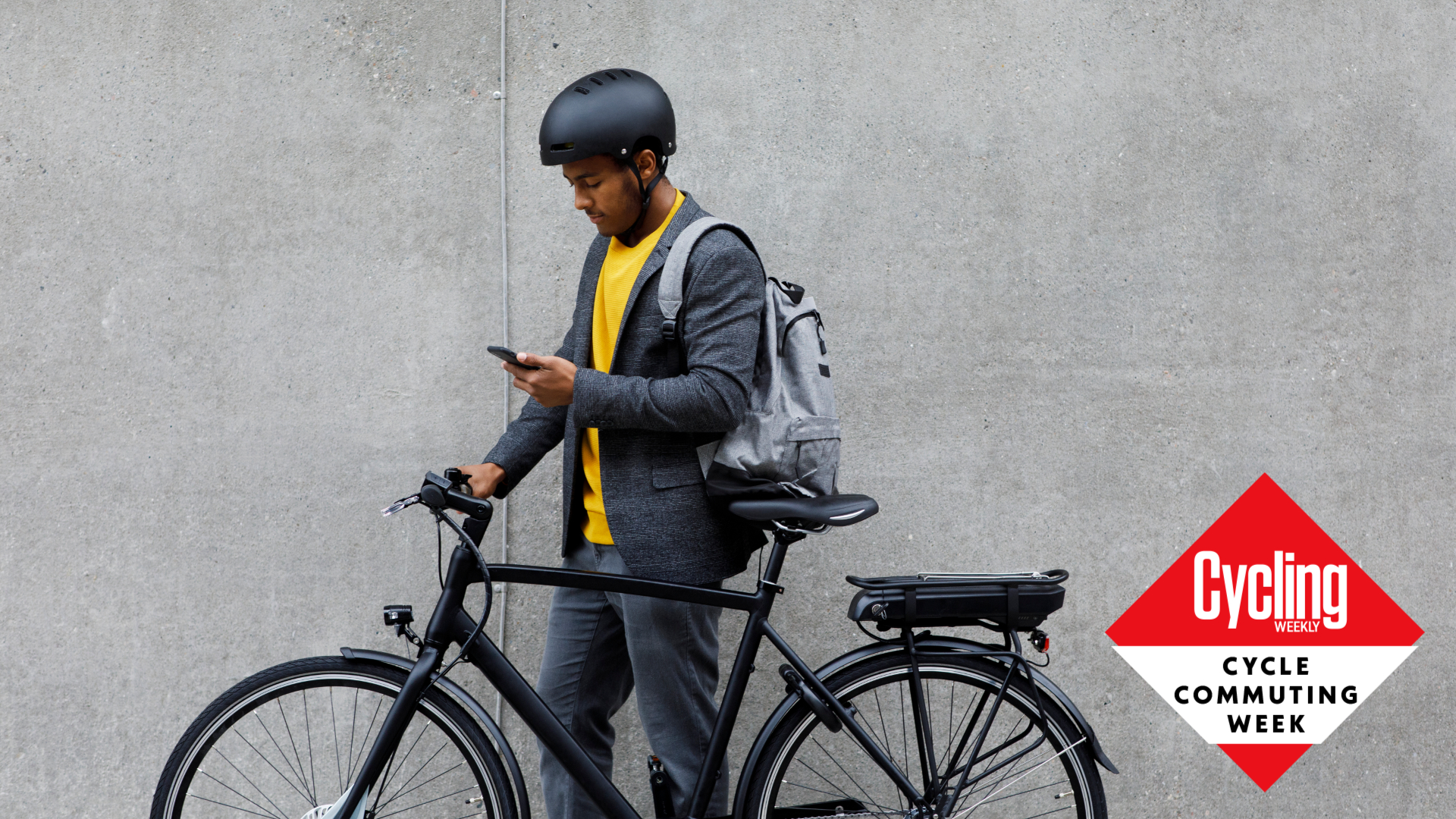

Looking for a bike for commuting with the utilitarian purpose of simply transporting you from A to B—rather than the circular loop of a leisure cycle—requires focusing on a very different set of design cues.
Dependability and comfort become the watch words. The last thing you need before a stressful day at work is a stressful ride in.
The two largest factors for providing these are the bike’s components and the rider position, so careful consideration of these aspects is paramount.
Although not to give the impression that it’ll always be raining (there will be many dry commutes!), ensuring that both you and your bike are prepared for inclement weather is a recipe for happier journeys. Get kitted out, including one of the best commuter cycling jackets.
The best hybrid bikes are often a comfortable and reliable choice for commuting. You'll also find women's hybrid bikes too, which feature women's specific geometry and saddles, as well as narrower handlebars and shorter crank arms.
Alternatively, an electric bike is perfect for commuting, especially if there's some taxing climbs on your route to work - you'll arrive a bit less sweaty.
So, what do you need to look out for to get yourself the best bike for commuting? We've outlined some key considerations...
What to look for in a commuting bike
1. Heads-up position
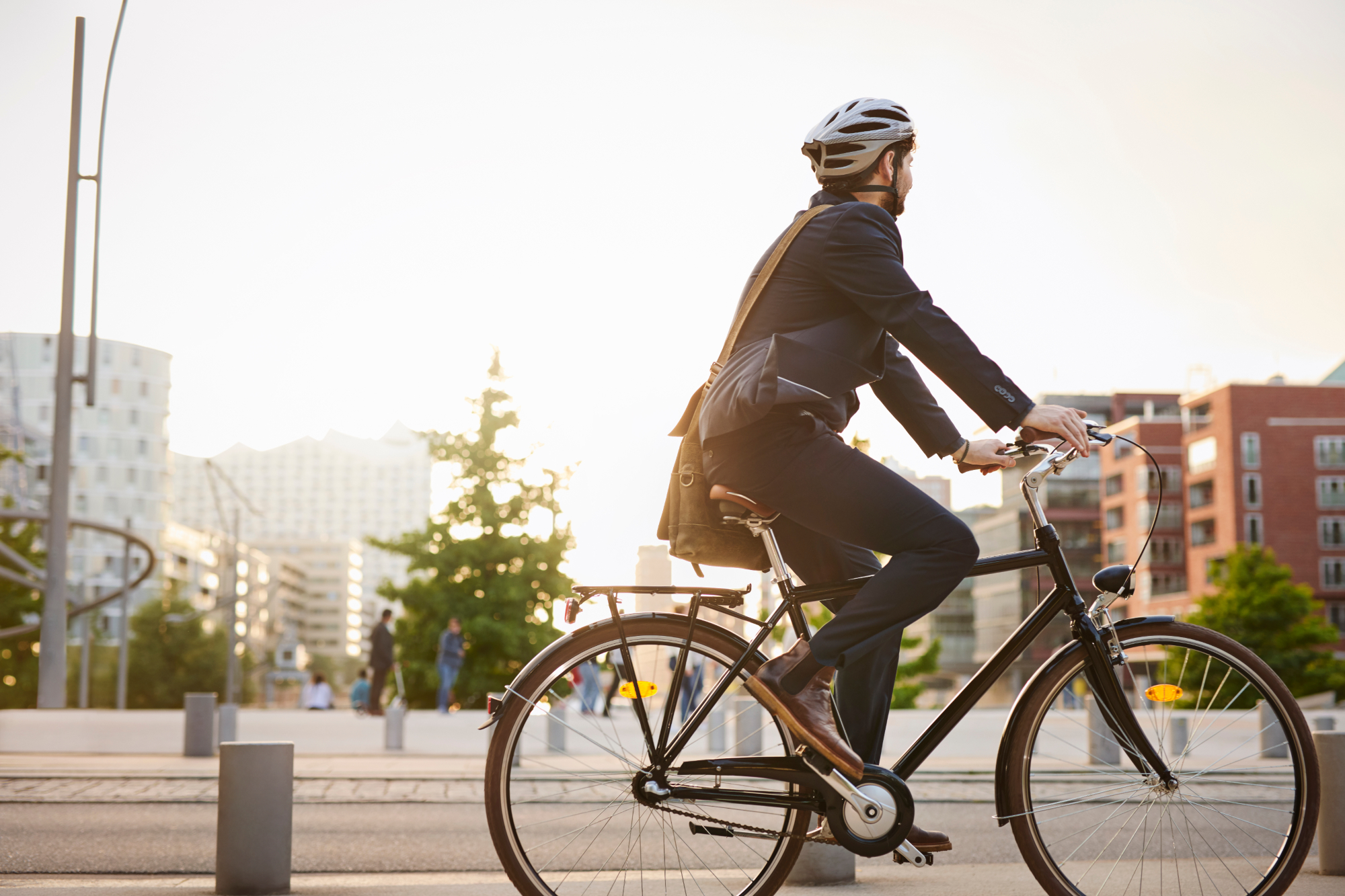
Although contrary to the aero-orthodoxy, being a little more upright on the bike confers two major benefits to the commuter.
The first is that transferring more of your weight onto your sit bones, relieves pressure from your hands and requires a lesser degree of flexibility, making for a more comfortable ride.
And second is that a heads-up position means it’s easier to see and respond to the traffic around you, making for a safer commute.
Additionally, for those commuting with one of the best backpacks for cycling, an upright position means your bag will sit more comfortably on your back. An aggressive low position can result in your rucksack flopping off to one side—irritating at best: dangerous at worst.
When looking at a bike geometry chart, ‘stack’ is the metric to look at for determining how high the front end is going to be. A good benchmark for a heads-up position is around 611mm in a size L.
However, an adjustable stem or steerer tube extender can achieve the same effect of raising the handlebars. These are a good option if you're converting an existing bike into your daily commuter and require a higher front end.
2. Robust tyres
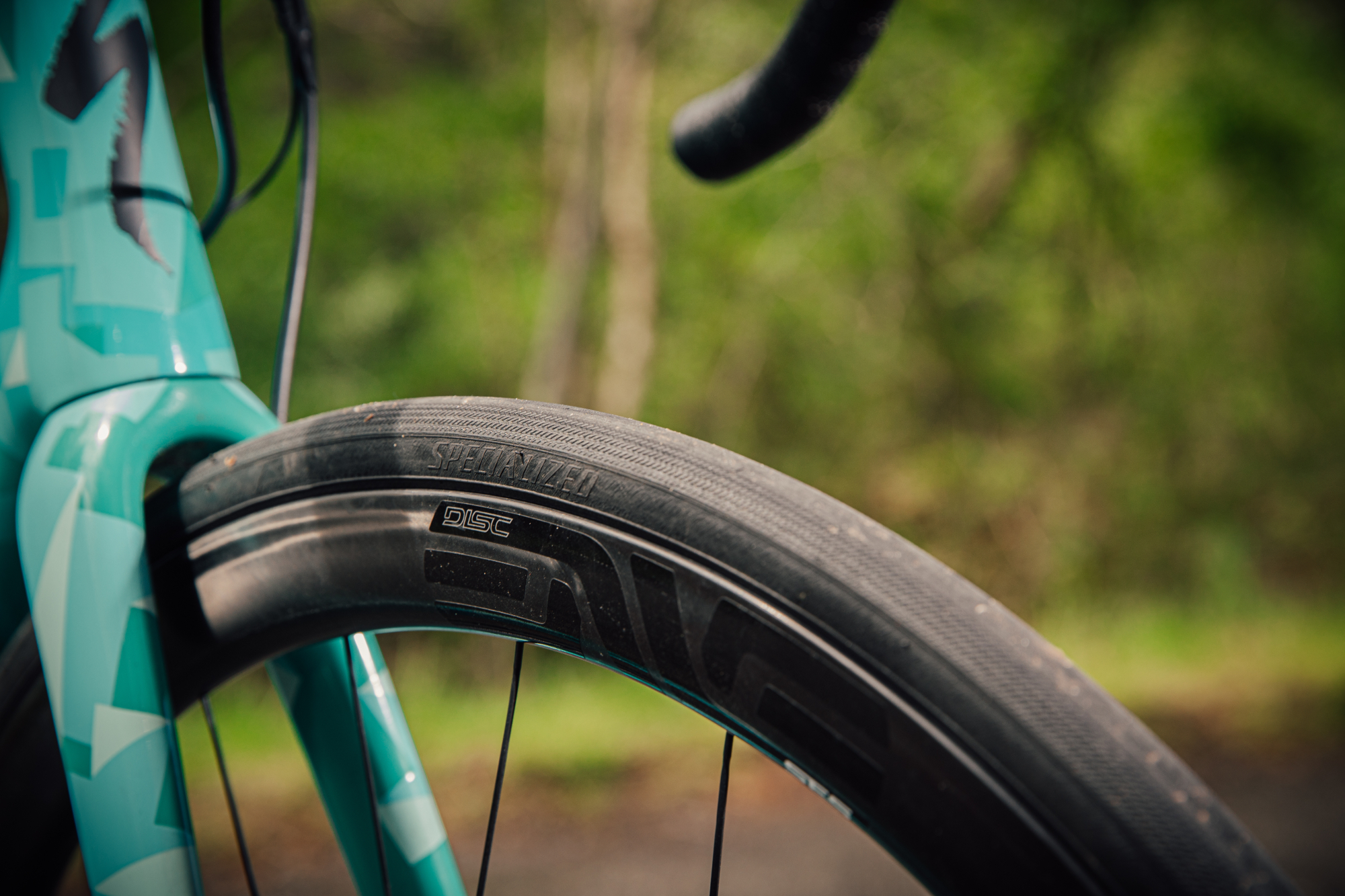
Reliable tyres are a must. The seconds gained from lightweight and fast rolling tyres are of no benefit if you then end up spending 10 minutes by the side of the road repairing a punctured inner tube.
When the time of arrival is paramount, the dependability of a robust tyre is a far more valuable commodity.
Tyres can be upgraded relatively easily, so don’t let them put you off an otherwise suitable bike. But do remember to factor in the cost of upgrading when comparing models.
Our dedicated guide to the best puncture-proof tyres features some of the most reliable rubber on the market. As part of our buyer’s guide on the best road bike tyres, we also detail some of our favourite puncture resistant road bike tyres.
3. Pannier and mudguard mounts
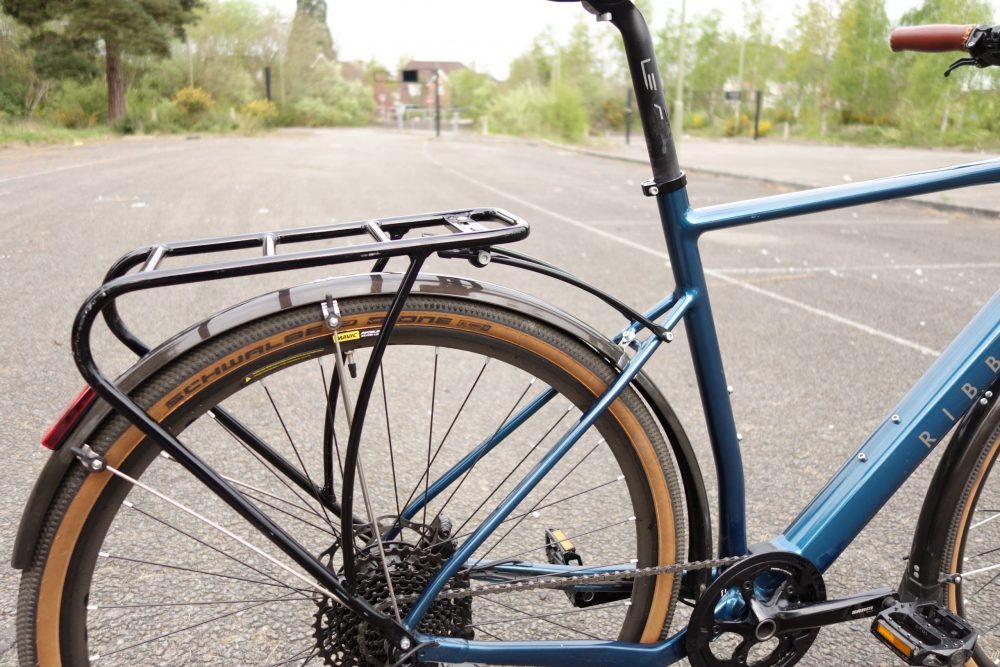
The best pannier racks allow you to carry bags on the bike. This can help ease the strain on your back and save you from shoulder-strap sweat patches associated with backpacks. You'll also find you can carry more cargo using panniers and have it more evenly distributed on the bike.
Mudguards are a great addition to any commuting bike, helping to keep you dry when it rains, making commutes during the grimmer months of the year a little less unpleasant. The best bike mudguards also protect your bike, reducing the amount of time you'll need to spend cleaning it.
However mudguards can be fiddly to fit without causing any rubbing on the tyre—and adding a pannier rack to the equation generally serves to compound the issues. Choosing a bike that comes pre-fitted with a rack and mudguards can save you time and money.
But if your bike doesn’t come already equipped with mudguards and panniers, we can fully recommend the extremely functional and robust products from German brands SKS and Tubus.
4. Reliable brakes
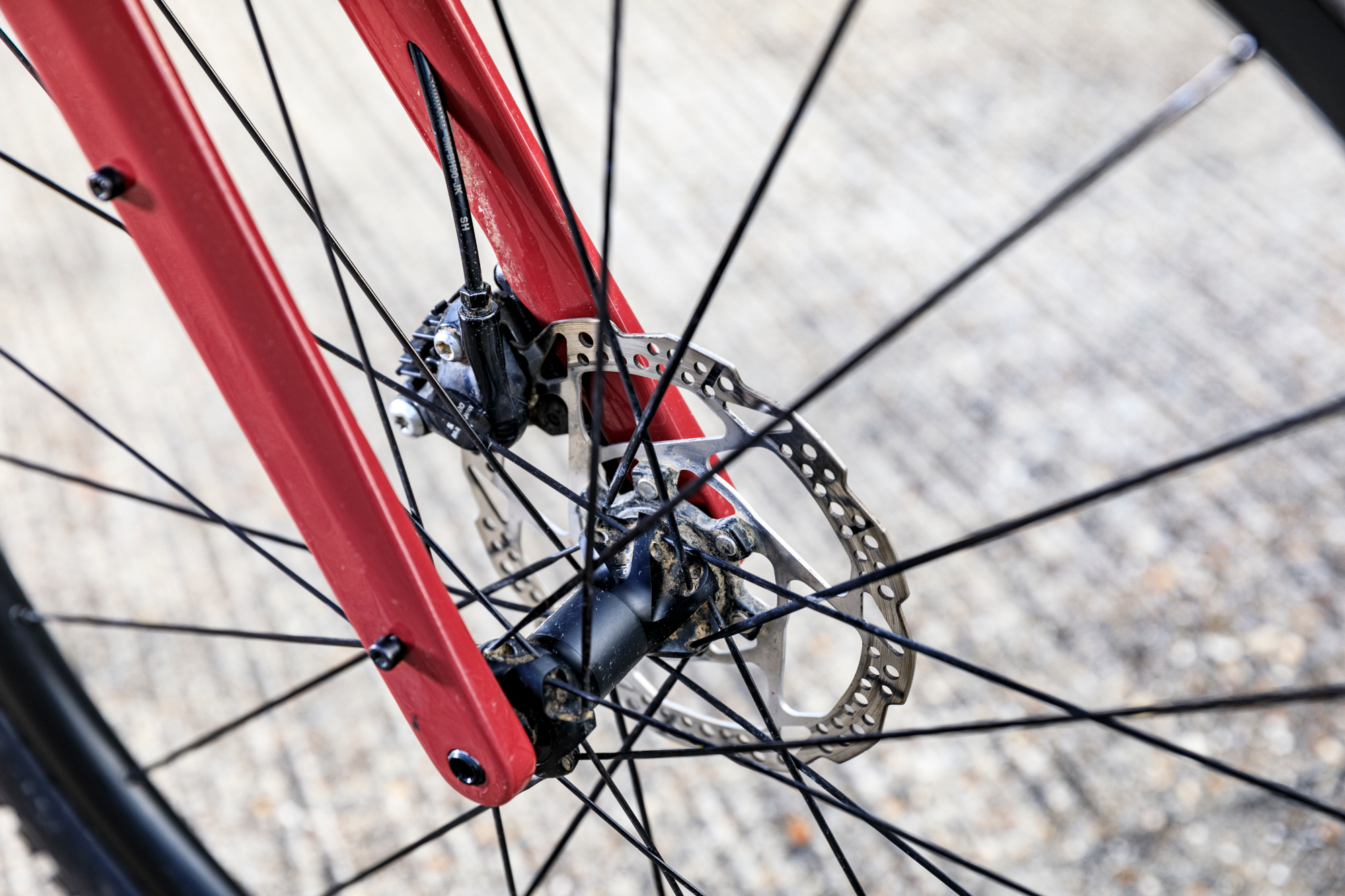
The advent of discs doesn’t make the venerable V-brake any less effective than they ever were. These still provide solid stopping power at a keen price point.
That said, there are many benefits to be gained from moving to discs, the most notable being an increase in power and modulation.
Although bleeding is a more involved process than simply changing a cable, hydraulic disc brakes do reduce the amount of day-to-day maintenance as they automatically compensate for wear on the brake pads.
Which type of brake is very much a consideration to be made before buying a bike, because if the frame is not designed for disc brakes there is no scope for upgrading to them later.
The standout upgrade for mechanical disc brakes is to swap out the calipers for the TRP Spyre, if you have road brake levers, or the TRP Spyke, if you have flat bar brakes.
Whereas most mechanical disc brakes actuate only one of the pads, these callipers move both. This results in more even pad wear, easier adjustment and, ultimately, better performance.
5. Tyre width and clearance
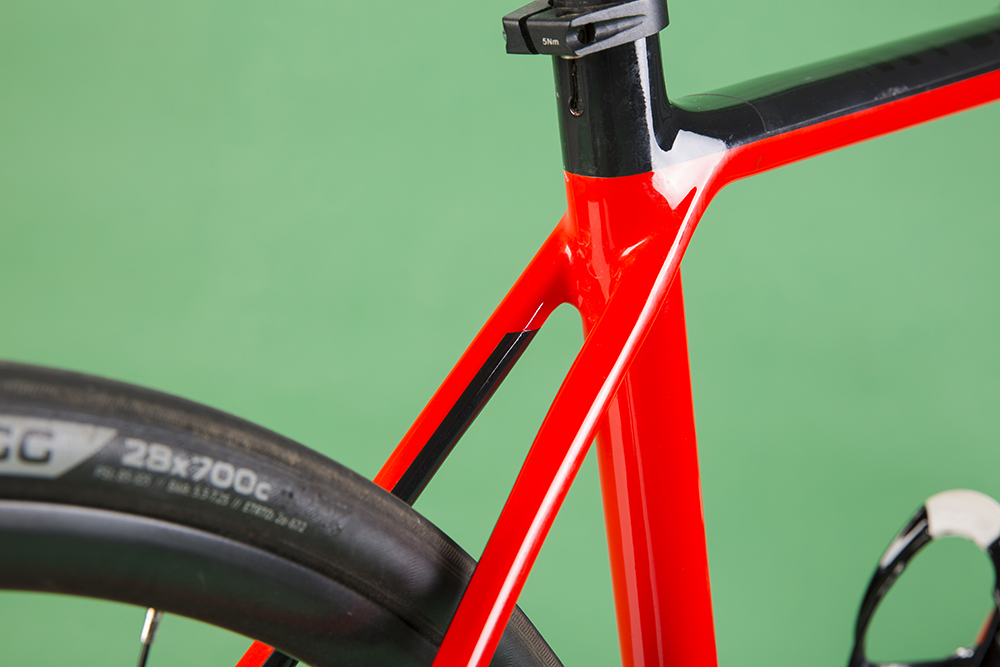
Wider tyres, in combination with appropriate tyre pressure, can have a massive effect on the comfort of your ride. The greater volume of wide tyres puts more cushion between you and the road, with the added benefit of reducing the risk of bike punctures and having to fix one.
However, it is important to pay due consideration to the clearance of the bike. By this we mean the available space between the forks for the front tyre and the seat and chain stays for the rear. Trying to squeeze in too wide a tyre will result in rubbing, which is damaging to both the tyre and the frame.
Think about the type of terrain you will be riding on. The rougher it is, the larger the tyres you’ll need. There is some scope for running different width tyres in the same bike, but this does have its limits, so it is best to have a clear idea of where you will be riding before you buy.
6. Gear ratios
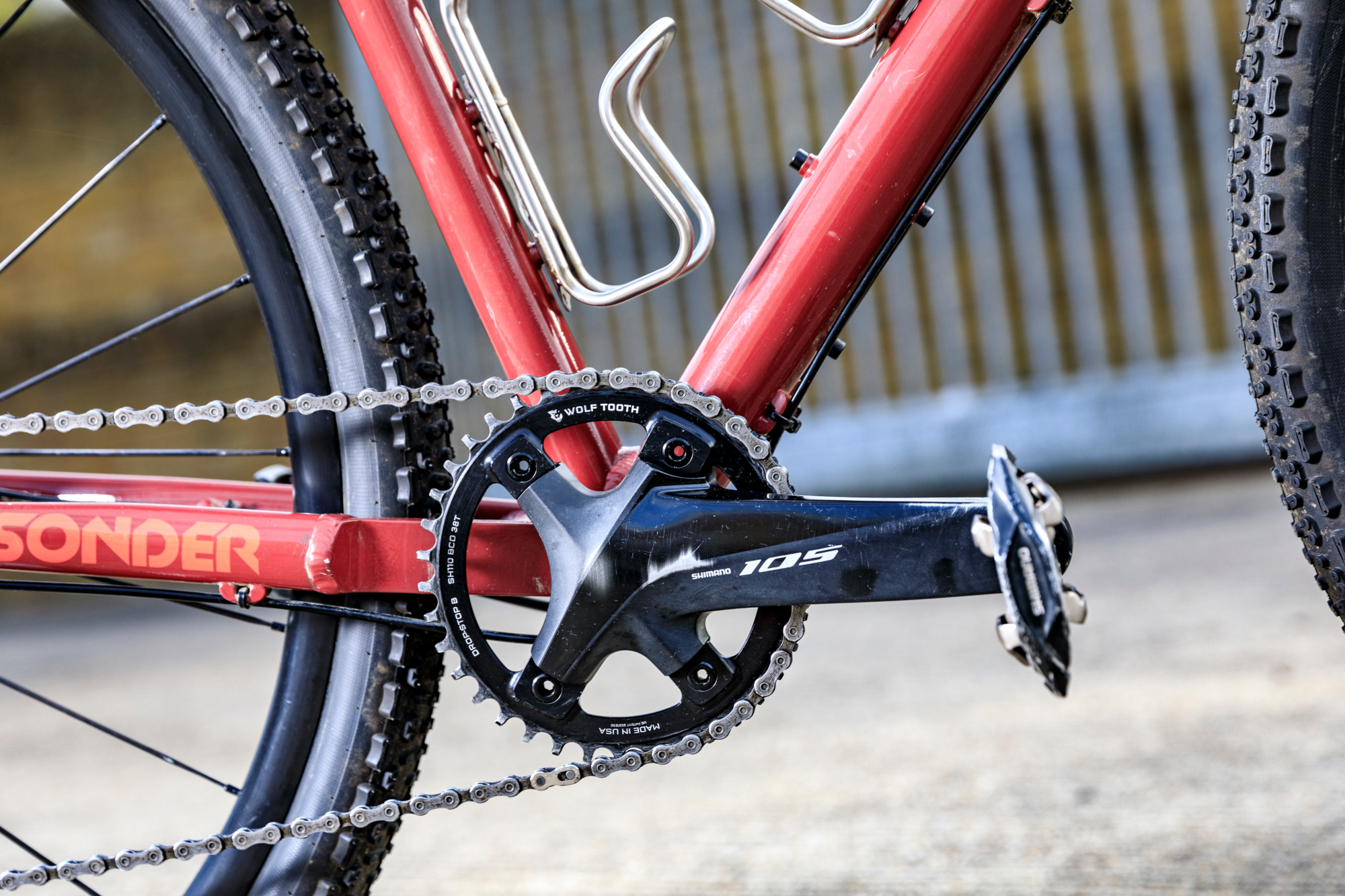
The range of cadences the average person is comfortable riding at is relatively narrow, between 70 and 90 rpm. On a 50x18 gear, this translates to a range of about 7kph. As cycling speeds can range from 5kph to 50kph (or more!), it is clear our legs are going to need some form of mechanical assistance.
To allow you to pedal at a range of speeds with a comfortable cadence, a variety of different gears will be needed—particularly if your commute involves steep hills or heavy loads. If you’re riding on the flat and carrying just yourself, then a smaller range will suffice.
A good starting point is to look for a 1:1 ratio as the easiest gear. For example, a 30-tooth small chainring matched to a cassette that goes up to 30 teeth will provide a 1:1 ratio. This is an ideal gear for steep inclines and hills.
A wider range cassette can be bought to give some lower gears, but it is still very much worth determining what gearing you’ll need before buying the bike so as to save any compatibility issues.
However some commuters may prefer the simplicity of one gear and should therefore choose a singlespeed bike. However, a bike with a single gear is best suited to flatter terrain, so it's sensible to consider the demands of your daily commute before you buy.
7. Bell
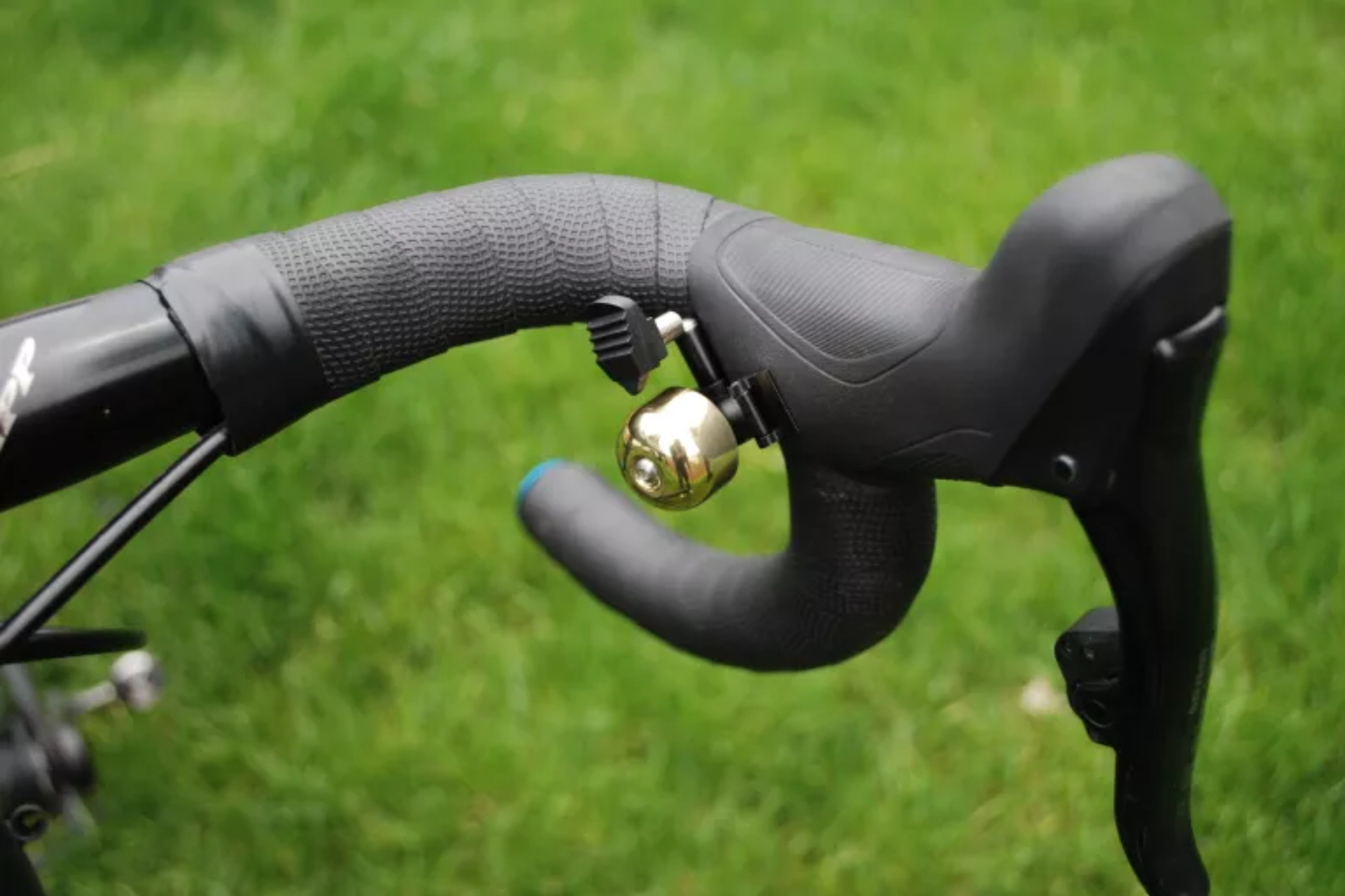
Although a bell isn’t required by the highway code (your voice suffices as a means of alerting people), they are almost universally recognised as an alert. The best bells for cycling are both easy to use and hear - a bell that's not loud enough to be heard amidst the hum of a city or town isn't really worth having.
Many hybrid bikes will come already equipped with a bell. But if the bike you’re looking at doesn’t—or you fancy an upgrade—the Knog Oi Classic Bell is a subtle and stylish upgrade. However, if you're looking for something a little cheaper, the Lifeline bell is effective and costs about the same as a take away coffee.
We hope these tips help you make the perfect choice - happy commuting!
Find out about the other essentials for commuting by bike to work (on a budget - or not) here.

Thank you for reading 20 articles this month* Join now for unlimited access
Enjoy your first month for just £1 / $1 / €1
*Read 5 free articles per month without a subscription

Join now for unlimited access
Try first month for just £1 / $1 / €1
Get The Leadout Newsletter
The latest race content, interviews, features, reviews and expert buying guides, direct to your inbox!

After winning the 2019 National Single-Speed Cross-Country Mountain Biking Championships and claiming the plushie unicorn (true story), Stefan swapped the flat-bars for drop-bars and has never looked back.
Since then, he’s earnt his 2ⁿᵈ cat racing licence in his first season racing as a third, completed the South Downs Double in under 20 hours and Everested in under 12.
But his favourite rides are multiday bikepacking trips, with all the huge amount of cycling tech and long days spent exploring new roads and trails - as well as histories and cultures. Most recently, he’s spent two weeks riding from Budapest into the mountains of Slovakia.
Height: 177cm
Weight: 67–69kg
-
 'This is the marriage venue, no?': how one rider ran the whole gamut of hallucinations in a single race
'This is the marriage venue, no?': how one rider ran the whole gamut of hallucinations in a single raceKabir Rachure's first RAAM was a crazy experience in more ways than one, he tells Cycling Weekly's Going Long podcast
By James Shrubsall
-
 Full Tour of Britain Women route announced, taking place from North Yorkshire to Glasgow
Full Tour of Britain Women route announced, taking place from North Yorkshire to GlasgowBritish Cycling's Women's WorldTour four-stage race will take place in northern England and Scotland
By Tom Thewlis
-
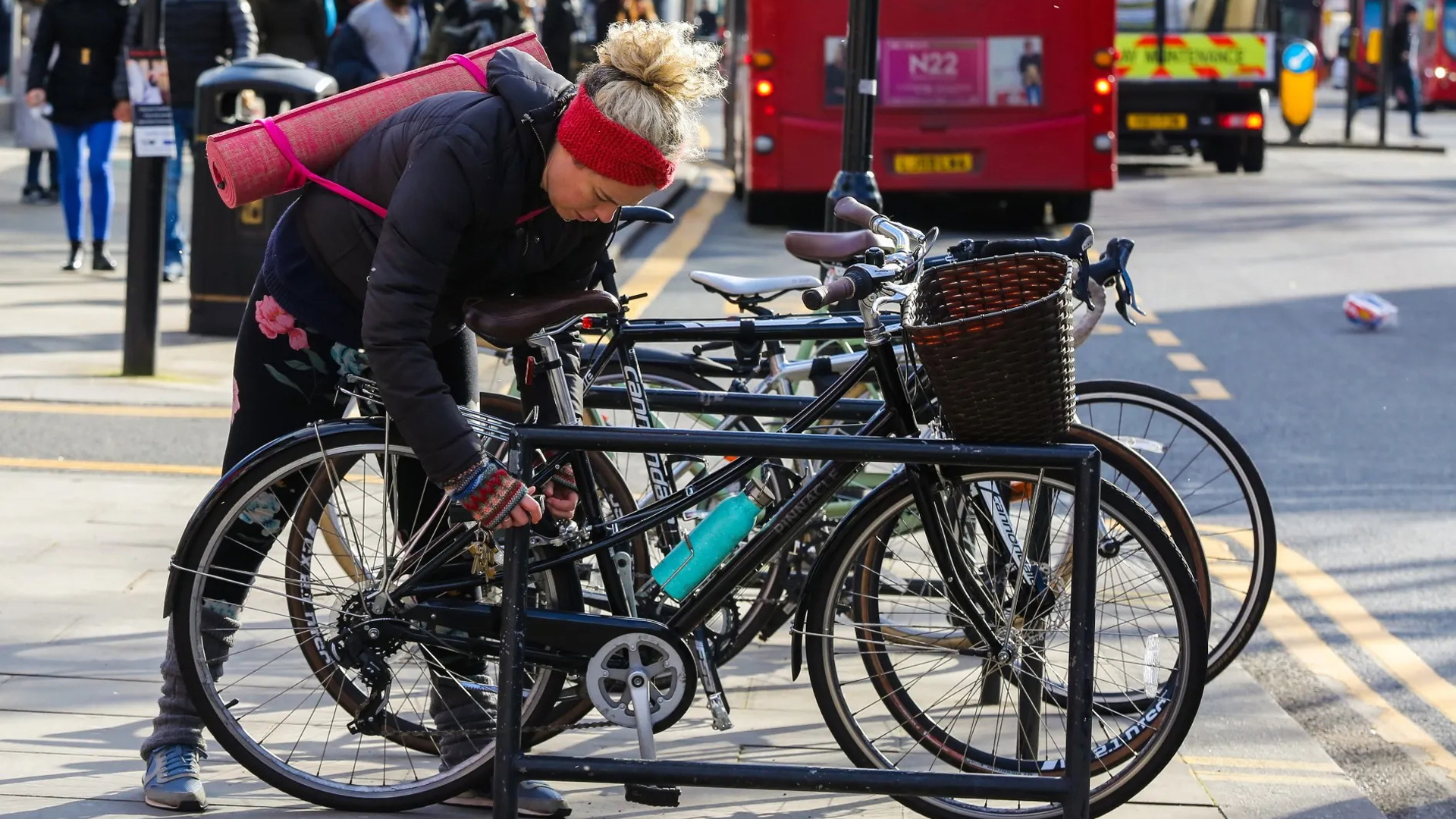 How to lock a bike securely: Eight tips for worry-free urban cycling
How to lock a bike securely: Eight tips for worry-free urban cyclingIf you’re using your bike to commute to work or to nip to the shops, you’ll want to make sure it’s still there when you return
By Paul Norman
-
 Is an e-bike worth it? Why an electric bike is perfect for commuting
Is an e-bike worth it? Why an electric bike is perfect for commutingAn e-bike is the perfect mode of transport for commuting to work
By Luke Friend
-
 Not all bike locks are created equal, so just how much do you need to spend to protect your bike?
Not all bike locks are created equal, so just how much do you need to spend to protect your bike?Commuting to work requires a bike lock to keep your steed safe, but what are the differences between 'cheap' and 'expensive' locks?
By Luke Friend